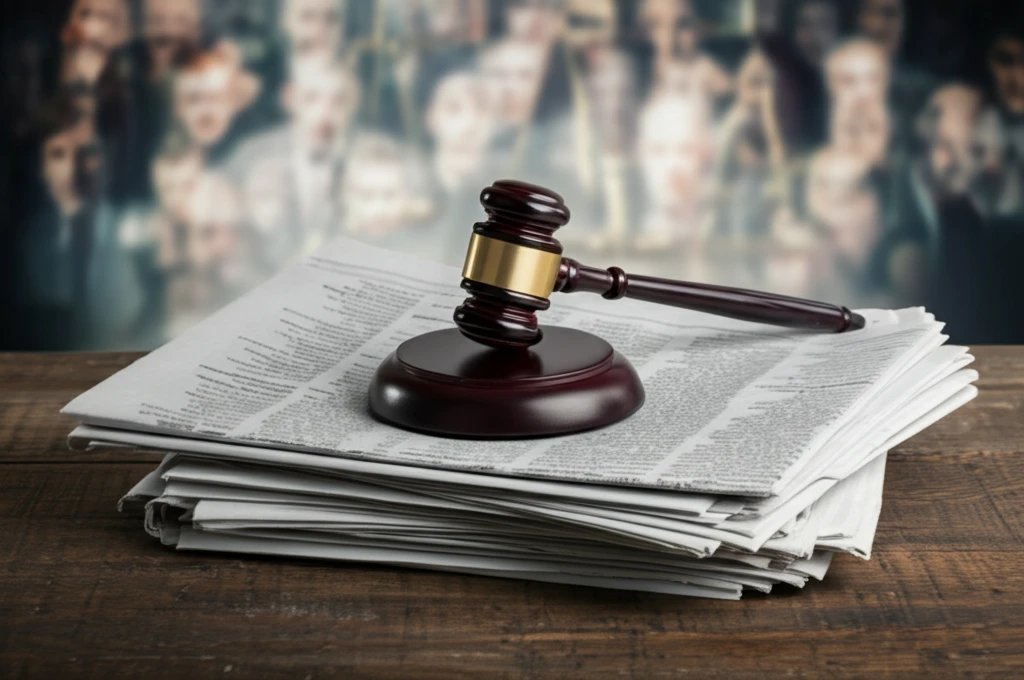
Are Supreme Court Decisions Echoing in the Public Square? Decoding Awareness and Impact
"Discover how much the public really knows about the Supreme Court's rulings and why it matters for American democracy."
In the realm of American jurisprudence, the Supreme Court stands as a pillar, its decisions shaping the legal landscape and influencing societal norms. Landmark cases such as Lawrence v. Texas, which struck down statutes prohibiting homosexual sodomy, have demonstrated the Court's power to ignite public discourse and shift opinions. Yet, the extent to which these decisions truly penetrate the public consciousness remains a topic of scholarly debate.
While some scholars argue that Supreme Court rulings directly mold public opinion, others contend that the relationship is more nuanced. The impact of a decision may hinge on various factors, including media coverage, individual knowledge, and pre-existing beliefs. A crucial prerequisite for any persuasive effect is public awareness: citizens must know about a case before they can be influenced by its outcome.
This article delves into the dynamics of public awareness surrounding Supreme Court cases, seeking to understand who is paying attention, what factors drive awareness, and how these decisions ripple through society. By examining these questions, we aim to shed light on the Court's role in shaping public discourse and the intricate interplay between law, public opinion, and democratic governance.
Who's Tuning In? Factors Influencing Public Awareness of Supreme Court Cases

Understanding public awareness of Supreme Court decisions requires acknowledging that not all citizens engage with legal matters equally. Individual differences in education, knowledge, and motivation play a significant role in determining who is likely to be informed. Citizens who are more educated, possess greater knowledge of civics, and actively seek information about current events are more likely to be aware of Supreme Court cases.
- Individual Differences: Education, civic knowledge, and interest in current events influence who follows Supreme Court cases.
- Media Coverage: High-profile cases get more attention, increasing public awareness.
- Case Salience: How relevant or attention-grabbing a case is affects its public visibility.
- Political Sophistication: Those with deeper political understanding are more likely to be informed.
Implications for American Democracy
The findings underscore the importance of promoting civic education and media literacy to ensure that citizens are equipped to engage with legal issues effectively. A more informed public is better positioned to hold the Court accountable and participate meaningfully in debates about law and justice. While the Supreme Court's decisions may not always dominate the public discourse, they have the potential to shape our understanding of rights, liberties, and the role of government in American life. By fostering greater awareness and understanding of the Court's work, we can strengthen the foundations of our democracy and ensure that justice truly speaks to all.
